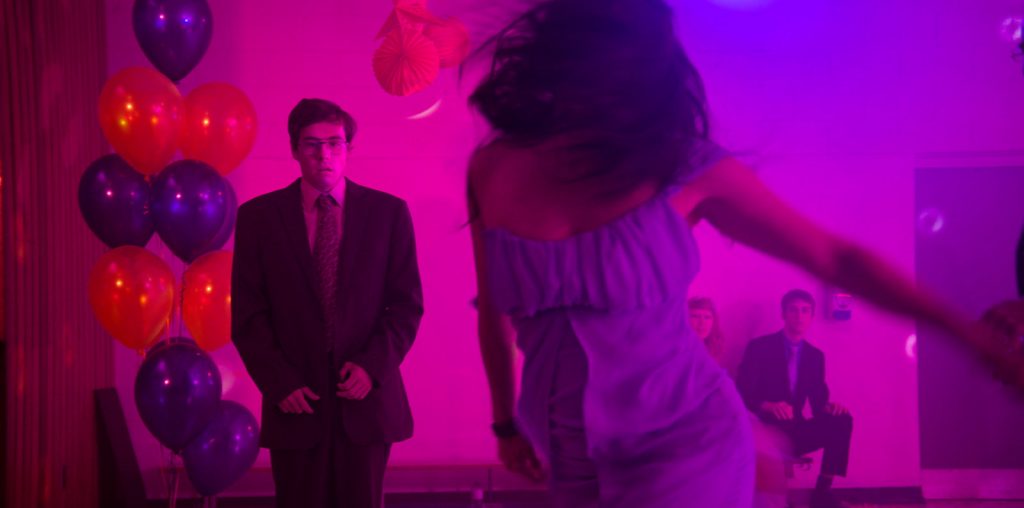
Theda Bara was the first movie sex symbol, and in many ways every femme fatale who reigned on screen followed the path she created. Her star peak was relatively brief and her contemporary reputation is, indeed, solely rooted in reputation since all but four of her movies are considered to be lost.
Hugh Munro Neely’s documentary “The Woman with the Hungry Eyes” traces the mystique and magic of Theda Bara and discovers a great deal of wonderful surprises along the way. Bara, born Theodosia Goodman in suburban Cincinnati, was a minor stage actress who was reinvented for publicity purposes into a French-Egyptian seductress. This was the first time a performer’s biography was reinvented by the PR machinery of a movie studio. However, the tactic made sense because Bara’s first starring role, in 1915’s “A Fool There Was,” cast her as the man-ruining vamp. Indeed, the word “vamp” became part of the language thanks to Bara’s over-the-top performance.
“A Fool There Was” created a sensation – many journalists of that year considered its release to be more significant than the premiere of “The Birth of a Nation.” Bara’s producer, William Fox, kept his new star very busy for the next four years: Bara cranked out more than 40 films between 1915 and 1919.
The challenge of “The Woman with the Hungry Eyes” is to establish Bara’s legendary status, which is no mean feat since only two of her Fox films (“A Fool There Was” and the forgettable melodrama “East Lynne”) survive extant. Many publicity photos are used to establish Bara’s sex symbol status during that distant era, and in many cases it is easy to see what the commotion was about. In publicity stills for “Carmen” and “Salome,” Bara is a sultry, provocative presence. But more often than not, she often seems like a fairly ordinary-looking woman wearing outlandish clothing. Even her most celebrated epic, the 1917 “Cleopatra,” finds Bara often looking rather bored or distracted while wearing some fairly revealing costumes. A 45-second fragment survives of the long-lost “Cleopatra” and it shows Bara trying to be sensual but not really succeeding.
Perhaps her star power was based on hype. Even in her prime years, she had cruel critics – one sarcastic scribe noted her voluptuous figure when dubbing her “Feeder Bara.” Her abrupt retirement from films in 1919 after the end of her Fox contract allowed her to pursue the theater for the next few years, but by the time she returned to the movies in the mid-1920s her comeback efforts were ignored (ironically, those awful films still survive). Times and styles changed while Bara was off-screen and her vamp image was already outdated by the time she returned.
But if Bara’s appeal today seems unlikely, she was without peers during her starring years. A public appearance to sell war bonds to finance the World War I military created a near-riot. Songs were written about her and photographers followed her every move. No other film star had previously generated such mania – and she clearly had something that other performers lacked (Fox’s attempts to create Bara clones with other starlets all failed).
“The Woman with the Hungry Eyes” offers a rich line-up of experts who fill in the gaps of the Bara story, including history Robert S. Birchard, critic Molly Haskell, and Daniel Selznick, the son of legendary producer David O. Selznick (who planned to engineer Bara’s comeback but withdrew from the project due to family matters). Excerpts of letters and diary entries by Bara are read by Dana Delany, while a very rare recording of Bara herself (from a 1930s radio comedy show) shows the actress could’ve easily worked in the sound era had she chose to vigorously pursue it.
However, Bara chose to call it quits in movies after her brief and failed comeback. A very happy marriage to director Charles Brabin and a comfortable fortune enabled her to live out her life in peace and comfort. Photographs of Bara later in life show a visibly content woman in luxurious surroundings.
“The Woman with the Hungry Eyes” is a wonderfully entertaining tribute to an enigmatic icon of the silent screen. And with luck, the gods of nitrate will allow her long-lost movies to reappear and we will be able to share the good fortune of 1915-era audiences of worshipping at Theda Bara’s altar.

